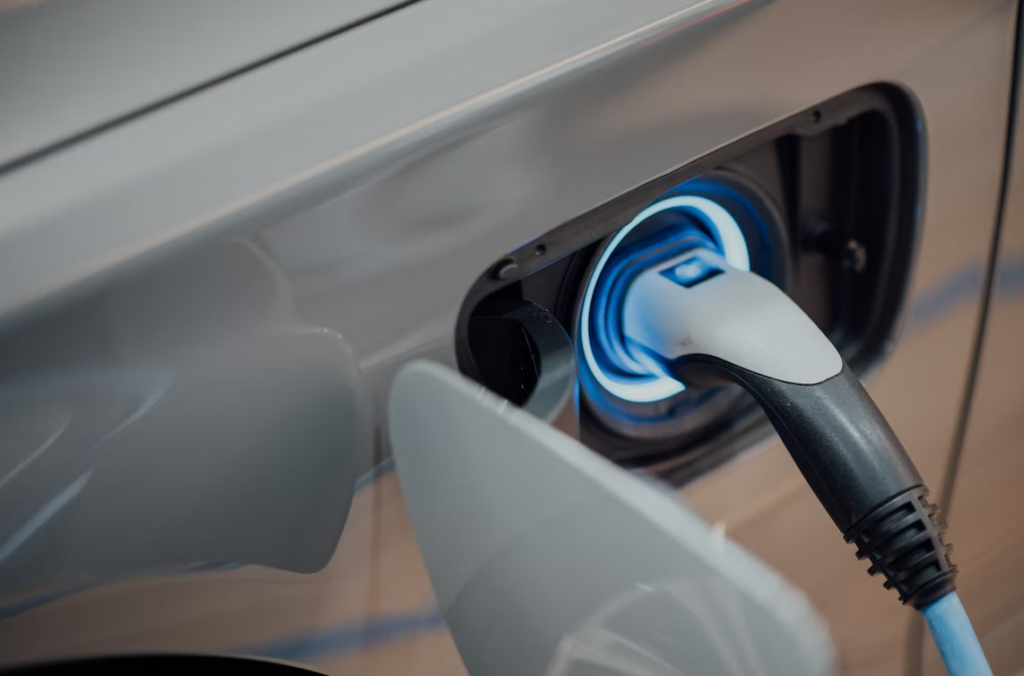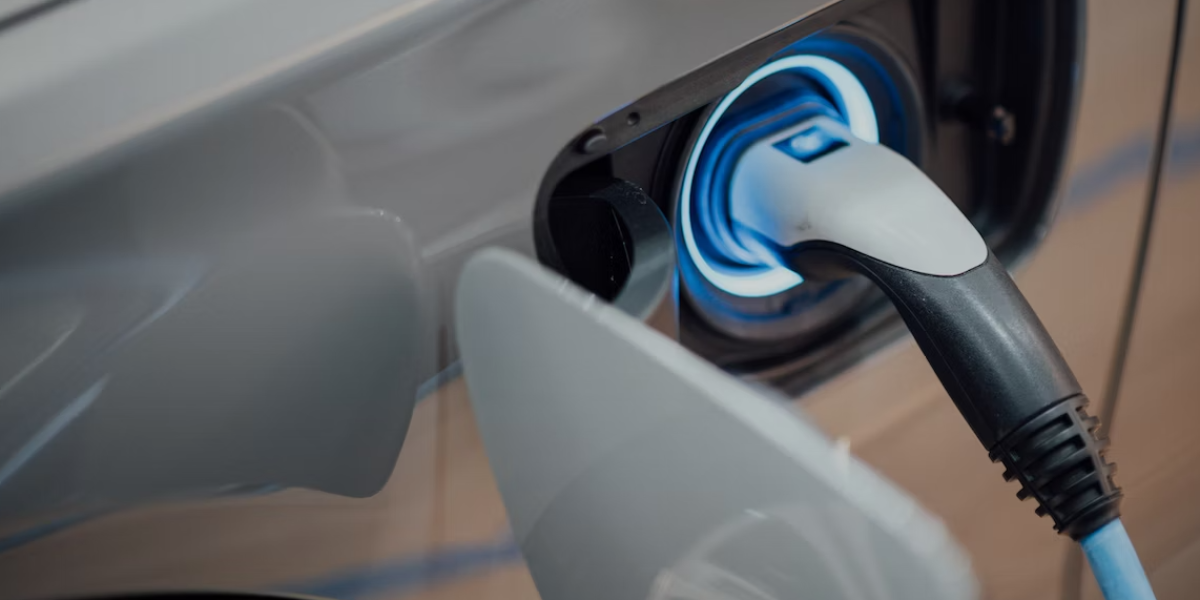There are more electric vehicles (EVs) than ever before. Originally, EVs were supposed to solve the pollution problem that our planet faces (at least a part of it). Still, all this power has to come from somewhere, and the electricity production is not always clear either (while it’s undoubtedly cleaner). So, instead of just running on electricity, these vehicles need to be as efficient with this power as possible.
However, it’s not just about eco-friendliness either. At the moment, EV batteries are probably the bottleneck of performance. Their energy density, charging time, cost, availability, lifespan, and degradation depend on the manufacturing techniques and materials, but what if the solution lies elsewhere? What if we could get more out of our car batteries (in their current state) using a specific software?
This is where the integration of battery intelligence in automotive technology steps up, and here’s what you should know about it.

1. Vehicle-to-grid (V2G) technology
Electrical vehicles are energy consumers but also produce a certain amount of power. However, the mobility of cars produces energy, which could, theoretically, be returned to the grid. The V2G technology is simply a concept that should make this bidirectional energy flow possible.
The benefits of the concept are numerous:
- Grid stabilization: If all these EVs are on the same grid, they could feed the stored energy back to the grid during the peak period. Of course, the level of management required here would be incredible, but it’s nothing outside our current capacities and capabilities.
- Renewable energy integration: Since these vehicles are already on the move, using some of the power produced this way could be considered renewable. Also, this will enable a more strategic release of solar and wind power (as well as store them) in periods when their production is low.
- Grid ancillary services: You can help stabilize the grid's frequency and voltage by adjusting your electrical vehicle's charging and discharging rates. While a single vehicle doesn’t make a huge difference, doing this for many vehicles makes a huge difference.
- Cost savings: Technically speaking, you could sell the excess energy back to the grid as a driver and a car owner. This would diminish the cost of owning and operating an electric vehicle by a significant margin.
Electric vehicle adoption is growing, and because V2G depends on the volume of vehicles on the grid, it’s important to consider the system's scalability. The sooner these vehicles are on the grid, the more efficient the upward pathing will be.
2. Battery management systems
The most important tool for the integration of battery intelligence in automotive technology is the use of battery management systems. Platforms like Elysia can help extend battery life, enhance performance, and optimize charging efficiency. Add to this the accurate battery monitoring and safety, and manufacturers get a completely different control over your car’s battery.
The methodology through which these battery management systems deliver the best results consists of three parts:
- AI combined with data science: The fact is that with modern AI computing capabilities and vast quantities of data available (the fact that every EV is on the grid), AI has so much to work with.
- Practical experience: The manufacturing process must have an in-depth understanding of the actual use in real-world conditions, not just approach this from a lab setting. This way, the system allows for a much higher (and safer) utilization of both batteries and EVs.
- Advanced electrochemistry: Understanding the capabilities and the limitations of batteries heavily depends on the academic understanding of the field of electrochemistry.
The key to optimizing battery performance lies in the intersection of these three factors. Only through a holistic approach can battery management systems achieve this high-efficiency level.
3. Predictive analytics
Imagine if you had the exact hour when your clutch or transmission would break down. You could replace/fix them preventively, thus avoiding the problem.
While, technically, you could still make such a replacement, you don’t know how much life that specific part still has left. This means you could replace a part with five serviceable years while something else in your car is at a breaking point.
Fortunately, with the integration of battery intelligence, you’ll have this type of omniscient insight into the condition of your battery (or as close to omniscience as it gets). These predictive analytics help you with features like:
- Optimal charging and discharging strategies: Charging any battery/device is not always the same. Factors like temperature and current battery state may alter your charging efficiency. With the help of battery intelligence, you’ll have an easier job finding the best course of action.
- Range estimation: How far can you go on your current battery? The distance is not always a clear predictor, but when your battery is connected to the system via GPS, you get far more insight than before. You get to learn about traffic, road conditions, and more. The system also dips into the historical data (of multiple users) to predict the most likely outcome.
- Failure prediction: This is what we discussed earlier in this section. When you get a warning from the battery intelligence system, you better believe it and immediately act.
- Warranty and service optimization: Users and drivers are not the only ones benefiting from this information. Predictive analysis can revolutionize the manufacturing and legal processes of battery developers.
With more insight, you can get much better with maintenance than you ever believed possible. This insight goes hand in hand with the digital transformation of the automotive industry. The integration of battery intelligence just raises it all to a new level.
4. Improvement of range and efficiency
The main concern of users and manufacturers is making a battery that can go further and spend less energy. While manufacturing methodology and materials greatly affect this, a part of the solution lies in the cunning use of software.
Some examples of this are:
- Adaptive energy management: A system that can analyze driving conditions, power demands, and battery performance can enable an adaptive energy management system. This results in the minimization of energy loss and increases the range of the vehicle
- Predictive maintenance: The vehicle's performance also depends on its current condition. When tires are not properly inflated, your car is spending more energy to move. This translates to almost every single crucial part of your car. With better maintenance, you get better energy efficiency. This also means that when the system reports greater power use than normal, you can start suspecting a malfunction in the vehicle.
- Regenerative braking optimization: Battery intelligence can capture/store energy during deceleration or braking. This seems like a minor thing, but over the course of a long ride, it can maximize energy recovery.
- Continuous performance: While your car doesn’t spend the same energy all the time, you shouldn’t be able to sense this through its performance. With the help of an intelligent system, the redistribution of power should make this possible.
- Machine learning: Your vehicle is generating data while on the road. With a system that listens carefully and employs machine learning, improvement is inevitable.
The difference you can make this way is far more significant than expected. This gives the user an improved experience and material/power conservation. To the manufacturer, it gives better results to boast with.
5. Active thermal management
Overheating is one of the biggest threats in the automotive industry, which is why active thermal management makes such a difference. There are several ways this can be elevated to a higher level with the help of battery intelligence services.
- Temperature monitoring and control: Real-time measuring will ensure that the battery operates in a safe temperature range. This way, if there’s a risk of overheating, the system can take preventive measures to resolve the problem as effectively as possible.
- Predictive cooling and preconditioning: As we’ve already mentioned, overheating can happen due to many different factors. An intelligent system can analyze the conditions ahead and prepare your battery for these extreme circumstances. Aside from predictive, there’s also the concept of adaptive cooling. It’s a similar principle, with the difference being the reaction time.
- Thermal profile optimization: Everyone has their preferred routes and driving habits. By analyzing your historic data, your battery intelligence can be optimized so that all the cooling systems are in a state of high alert. Preemptively turning them on can drastically increase their effectiveness.
- Performance optimization in extreme conditions: Of course, the key is not just to survive in these extreme conditions but for your battery to give its maximum without overreaching. A thorough analysis of its thermal characteristics can help adjust the system to provide optimal performance.
Ultimately, active thermal management will help mitigate one of the biggest risks involving your battery and help you get the most out of it in any conditions.
The integration of battery intelligence will give you greater control over your EV than ever before
Understanding the condition of your battery can prevent many avoidable unfortunate occurrences. However, having a system that adjusts the performance of your battery to your driving habits and external conditions is something else entirely. With the integration of battery intelligence, you can simply have it all.
